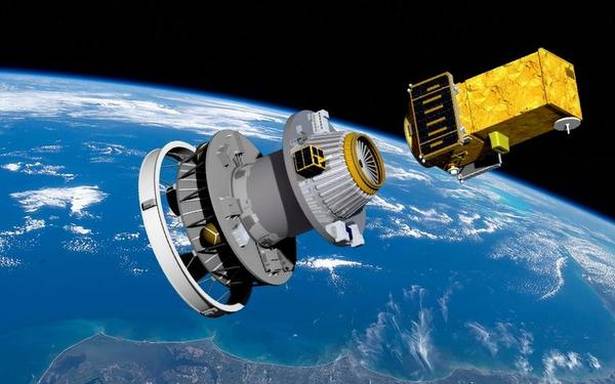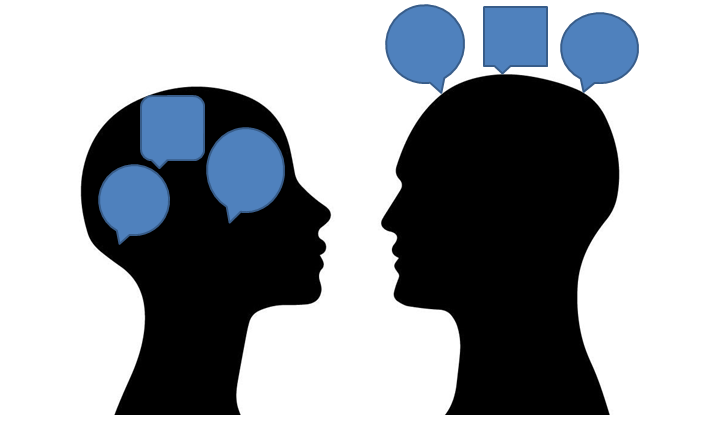The world of physics is excited about strong but early evidence about the behavior of muons, paricles identical to electrons only 200x more massive (heavier), which once born take 2.2 microseconds to decay into an electron, and which spin like tops. In a new, extremely precise measurement, they were made to wobble using magnetic fields but they unexpectedly wobbled quite significantly faster than the Standard Model suggests they would. They might spin so fast due to an unknown force caused by an unknown particle, and this is what is so exciting.
“We found that a muon … is not in agreement with our current best theory of physics at the subatomic level, and … it potentially points to a future with new laws, new particles and new forces in physics which we haven’t seen to date,” said Professor Mark Lancaster at U of Manchester.
“The main goal of the experiment is to make the measurement and compare with the theory, and if they disagree then it’s telling us that there’s something in nature which is not in the theory,” explained James Mott at Fermilab.
The four known forces of nature (gravity, electricity, two nuclear forces: strong and weak interactions) have left scientists without an answer for some observed phenomena, such as the speed at which galaxies spin (faster than the best model suggests). Therefore, they continue to search for glitches in their already-tight models which might point them things they don’t yet know about.
The most recent work was done at Fermilab (Muon g-2 experiment), but a similar experiment was already done earlier at the Large Hadron Collider. These tools accelerate particles in large rings at close to the speed of light.
The evidence needs more tests for greater certainty, particularly to rule out the possibility of a systematic error, and particularly with a new, independent experiment, but physicists will be chasing this line of experiment eagerly.
“This is outstanding confirmation of experimental technique, and very, very suggestive of the possibility of new physics,” noted scientist David Hertzon of U of Washington.
By the editors
#AnomalousMagneticDipoleMomentOfTheMuon #QuantumElectrodynamics








